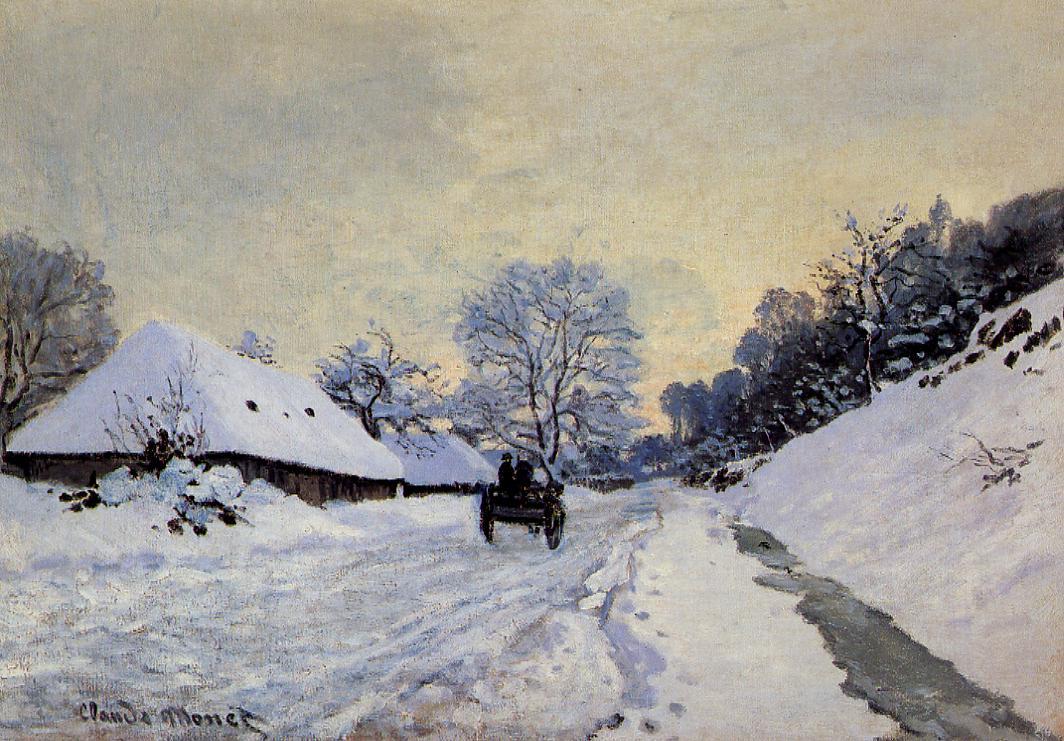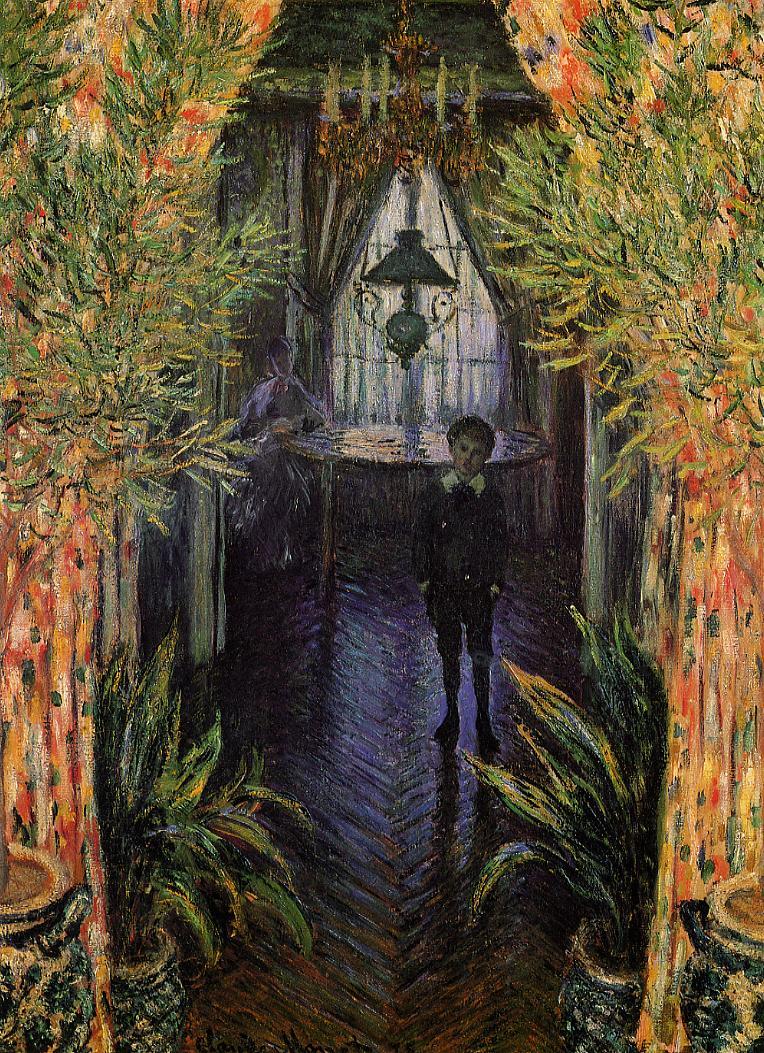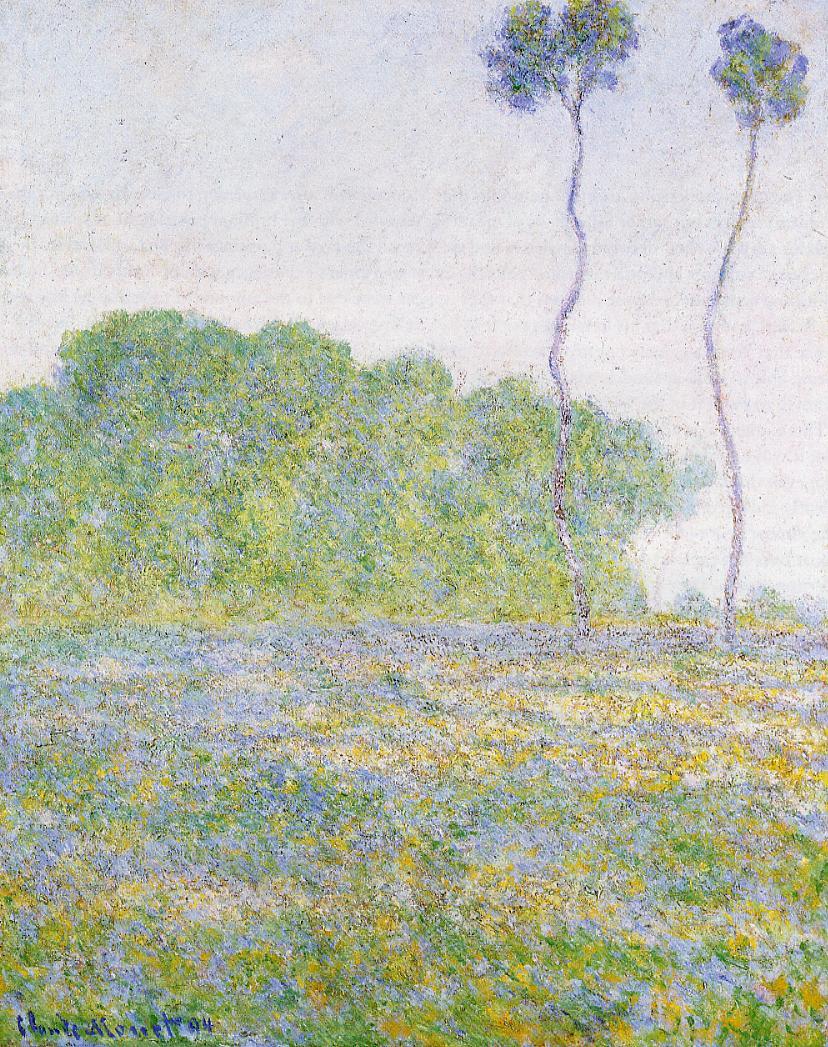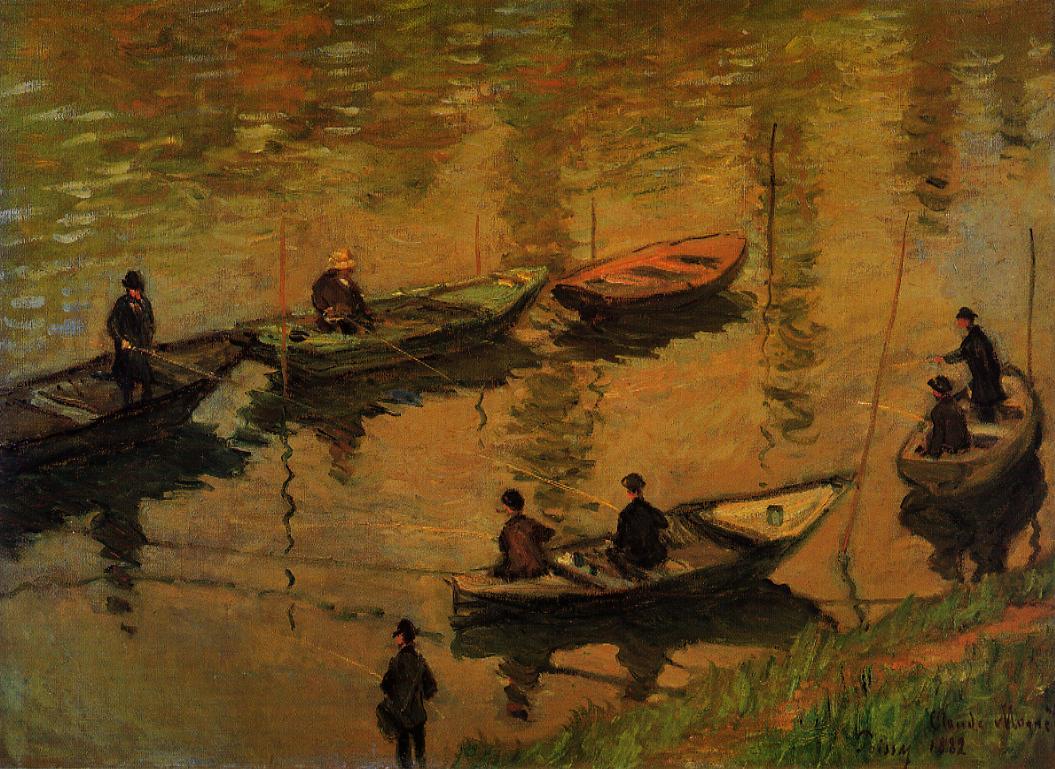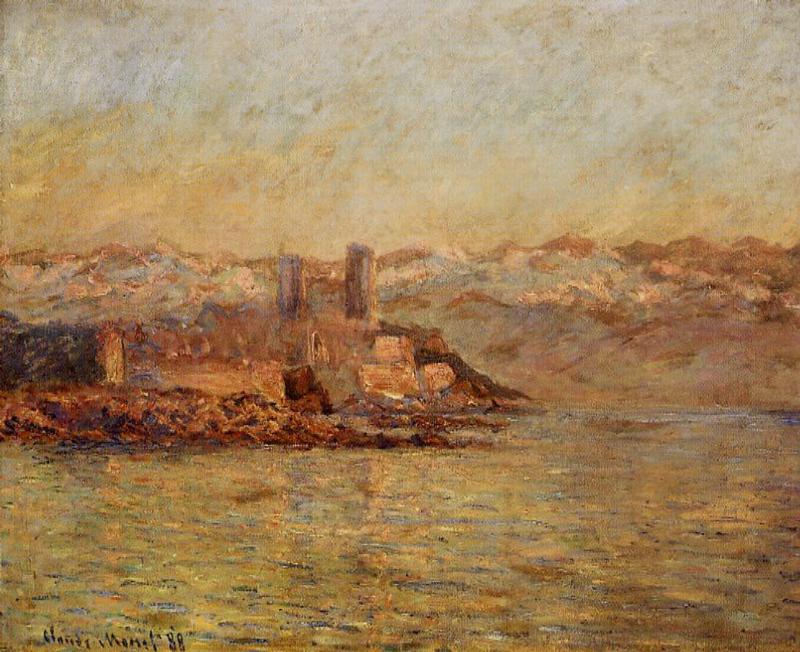Claude Monet (1840-1926) was a French painter and one of the most important figures in the development of Impressionism, a style of painting that emphasized the use of light and color to capture the fleeting beauty of everyday scenes. Monet’s work was revolutionary in its time, and it continues to inspire artists and art lovers around the world.
Born in Paris, Monet showed an early talent for art and was encouraged by his family to pursue his passion. He studied at the Académie Suisse and worked alongside other young artists who would later become known as the Impressionists, including Pierre-Auguste Renoir, Alfred Sisley, and Frédéric Bazille. Monet’s early works were influenced by the Realism movement, which focused on depicting the everyday lives of ordinary people.
In the late 1860s, Monet began to develop his signature style, which would become known as Impressionism. He began to paint en plein air, or outdoors, and used quick, loose brushstrokes to capture the changing light and atmosphere of the scene. Monet was particularly interested in the way that light and color interacted, and he would often paint the same scene at different times of day to capture the subtle shifts in hue and tone.
One of Monet’s most famous series of paintings is his Water Lilies, which he began in the 1890s and continued to work on until his death. The paintings depict the lush gardens at his home in Giverny, and they are notable for their bold use of color and loose, gestural brushstrokes. Monet was inspired by the Japanese prints that were popular in Europe at the time, and he incorporated elements of Japanese art into his own work, such as the use of flattened planes and asymmetrical compositions.
Monet’s work was not always well-received in his lifetime. His loose, sketch-like style was a departure from the more traditional forms of painting that were popular at the time, and many critics dismissed his work as unfinished or lacking in technical skill. However, Monet’s work was championed by a small group of supporters, including the art dealer Paul Durand-Ruel, who helped to popularize his work and bring it to a wider audience.
Today, Monet is considered one of the greatest painters of all time. His work is celebrated for its use of color and light, as well as its ability to capture the beauty of everyday life. His influence can be seen in the work of countless artists who have followed in his footsteps, and his paintings continue to inspire and delight audiences around the world.
In addition to his contributions to the world of art, Monet was also a pioneer in the field of gardening. He spent much of his later years creating the elaborate gardens at his home in Giverny, which served as inspiration for many of his most famous paintings. The gardens are still open to the public today and are a popular destination for tourists and art lovers.
In conclusion, Claude Monet was a visionary artist who transformed the world of painting with his use of color and light. His work continues to inspire and captivate audiences around the world, and his influence can be seen in the work of countless artists who have followed in his footsteps. Monet’s legacy is a testament to the power of art to capture the beauty of the world around us and to inspire us to see the world in new and exciting ways.
Impressionism
Impressionism
Impressionism
Impressionism
Impressionism
Monet, Claude
Monet, Claude
Monet, Claude
Impressionism
Impressionism
Monet, Claude
Monet, Claude
Impressionism
Impressionism
Monet, Claude
Impressionism
Monet, Claude
Monet, Claude
Monet, Claude
Impressionism
Monet, Claude
Impressionism
Impressionism
Impressionism
Impressionism
Boston Museum of Fine Arts
Impressionism
Impressionism
Impressionism




